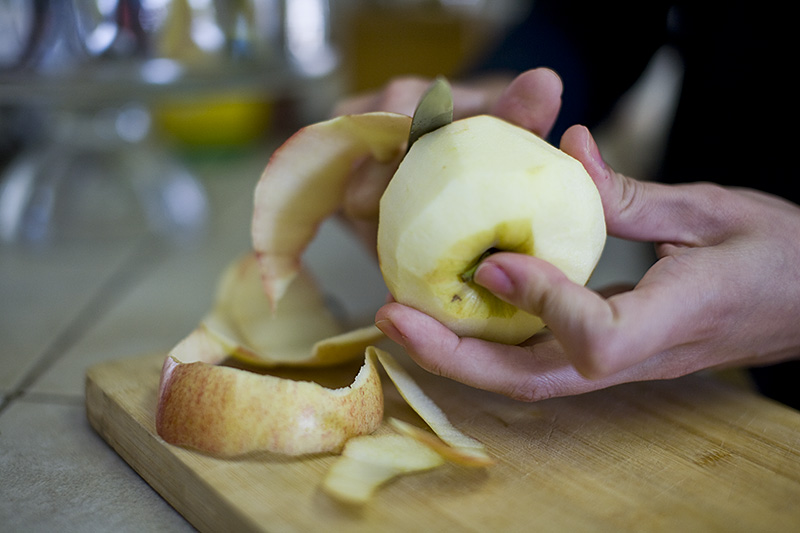Recently, I have been thinking a great deal about repurposing — and not just because I am going to graduate in two months.
I owe these thoughts to an article in Sunset magazine about Bea Johnson from Mill Valley, Calif., who is the mom behind thezerowastehome.com.
She and her husband Scott reportedly throw away only two handfuls of trash a year and, according the San Francisco Chronicle, fill their house “with love, not things.”
While I find their lifestyle incredible and inspiring in some respects, I struggle with applying some of their best advice to my own life.
The truth is, it’s a little harder for me as a 22-year-old with four housemates who are not family members — whereas Bea, as the momma of her own home, can enforce her no paper towels, plastic water bottles or groceries-always-bought-bulk rules.
It’s hard to modify behavior, even though I really want to change my ways and “live lighter on the planet,” as they say.
Bea has some great recipes that have also helped me think about my baking, and how I could cut down on waste by repurposing food.
In a life as busy as mine — or any of my housemates for that matter — it’s easy to forget about a bag of apples, bunch of asparagus or carton of milk.
Unfortunately enough, I bought a bag of Gala apples and my first bite revealed a mealy, tasteless fruit. Call me silly, but I just could not bring myself to throw away a whole pound of apples because they were mealy.
One way I already repurpose is by freezing overripe bananas for banana bread. But my banana bread recipe also calls for applesauce.
I could choose to buy an applesauce tub full of sugar that costs $4 or more and requires recycling. However, I have learned a valuable lesson from my last encounter with store-bought applesauce: I forgot about it (big surprise) and it grew a nice mold garden.
I really wanted to make these apples count, so I decided to make them into applesauce.
- Peel the apples with the paring knife, then cut them in half. Using two cuts that form a “V,” cut the core out of each half. Place the peeled and cored apples in the pot or dutch oven, and add a half inch of water and a pinch of salt. Cover and cook on the stove at medium-high heat.
- Add spices to the pot and stir. I used a teaspoon of ginger and three strands of Spanish saffron. The result was a mix that was more savory than sweet. For classic applesauce add a teaspoon of cinnamon per five apples. As usual, I encourage a lot of creativity when it comes to spices. Try allspice, cayenne pepper or nutmeg — and please go nuts, but add a little at a time. You can always add more to taste later.
- When the water is boiling, remove the lid and cook uncovered on low heat until the apples easily break apart when prodded with a wooden spoon, about 30 to 45 minutes, stirring occasionally.
- Remove from heat and let cool for 15 minutes. Drain the water and transfer apples to a bowl. Using two forks or a pastry blender, mash the apples to desired texture. Now is the time to add more spices if necessary. Delicious, right? You’re welcome. Be sure to store in an airtight container and refrigerate.
As University of Edinburgh ethics professor Michael Northcott said in his paper “Ecology and Christian Ethics,” “An environmental ethic is not all about courageous resistance and asceticism. It is also about rejoicing in alternative forms of comfort and joy that have low environmental impacts but high satisfaction scores…”
For me, repurposing food fits that description, in addition to having low wallet impact.
It took me a few years to understand, but with the example of Bea and Scott Johnson, I do believe that every person’s actions have impact, both upon our community and our own hearts.
To waste less is to find satisfaction using less material goods — even if it’s just fewer rehydrated apples.







